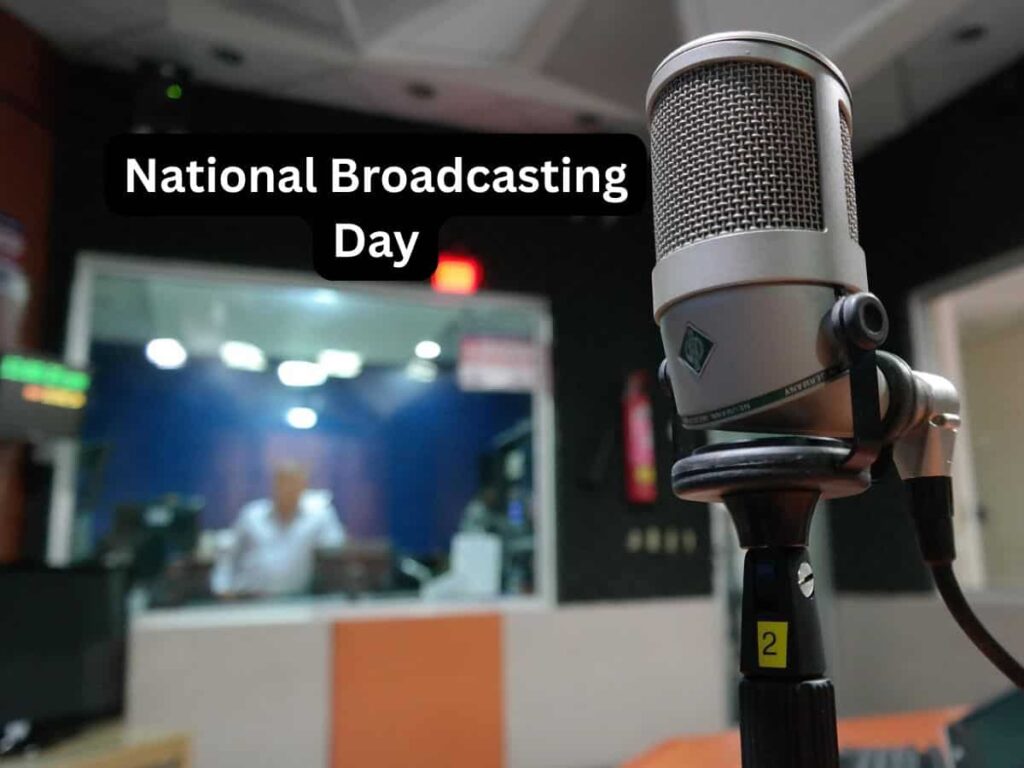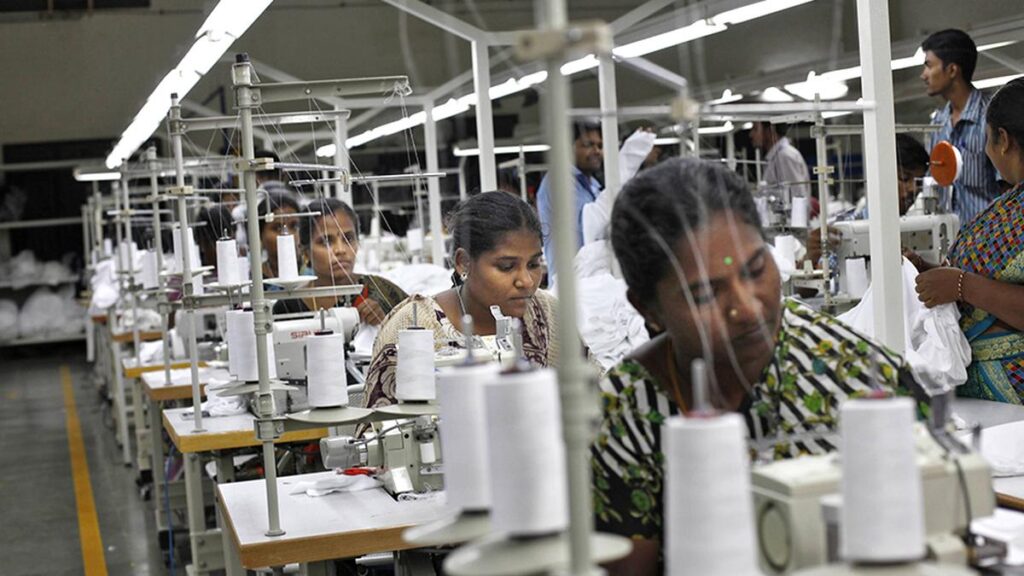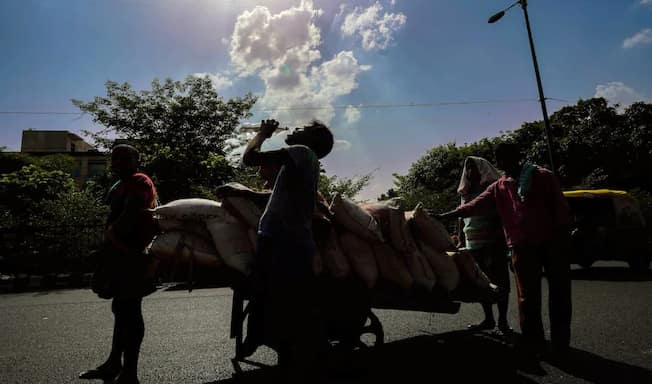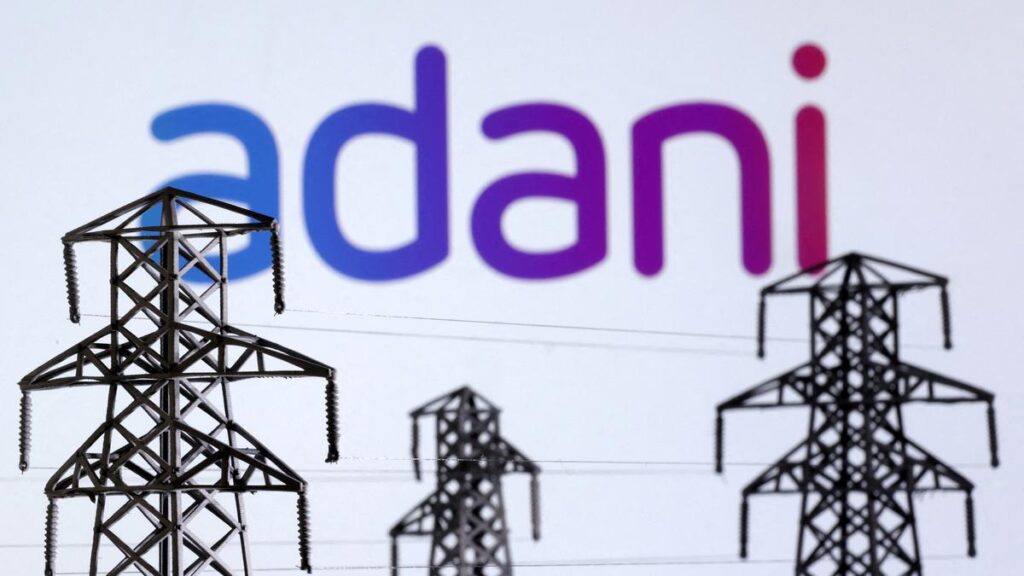National Broadcasting Day 2025: During the independence struggle, the radio was a powerful tool for dispersing information and fostering unity. Post-independence, it has been instrumental in promoting literacy, health awareness, and agricultural knowledge, especially in rural areas.
It was on 23rd July, 1927, that the Indian Broadcasting Company came into being, initiating organised and licensed radio broadcasting in the nation. Today, every year, this day is celebrated as National Broadcasting Day in India, when different activities are organised to recognise the historic and cultural importance of broadcasting, especially radio.
National Broadcasting Day in India is an event that celebrates the growth of the country’s broadcasting industry since its founding in 1927. The day underscores the important contributions made by broadcasting in the development, education, and cultural conservation of India.
The government’s focus on programs such as Community Radio highlights broadcasting’s continued relevance in accessing far-flung territories and promoting local development. On another National Broadcasting Day, India dreams of a future when broadcasting continues to evolve and remain an essential tool for national integration, education, and empowerment of citizens.
As India moves toward the digital age, the emphasis lies in developing an integrated, inclusive, and technologically sophisticated broadcasting system that serves the multiple needs of its people and is on par with global quality standards.
History and Importance of Broadcasting in India
The journey of broadcasting in India started in June 1923 with the first transmission of the Radio Club of Bombay. The Indian Broadcasting Company (IBC) was formed on July 23, 1927, and on this day gave birth to organised radio broadcasting in India. Today, it is celebrated as National Broadcasting Day.
All India Radio [1](AIR) emerged in 1936, evolving from the Indian State Broadcasting Service. Post-independence, AIR expanded rapidly, adopting the name “Akashvani” in 1956. Today, AIR operates approximately 591 stations, reaching 98 per cent of India’s population and broadcasting in 23 languages and 146 dialects, according to a PIB press release in the year 2024.
In the struggle for independence, radio was a vital medium for passing information and unity. After independence, it has served to promote literacy, health education, and farm knowledge, particularly in the rural population.
AIR’s External Services Division transmits to more than 100 nations, spreading the voice of India worldwide and reaching out to the diaspora. The launch of FM channels and the switch to digital transmission on the Digital Radio Mondiale (DRM) technology are indications of AIR’s attempts at modernisation.
National Broadcasting Day honors not only technological advancements but also the perpetual strength of radio to educate, inform, entertain, and bring together a pluralist country. As India develops in the digital era, the values of public service broadcasting are still vital, making radio a living medium in Indian society.





